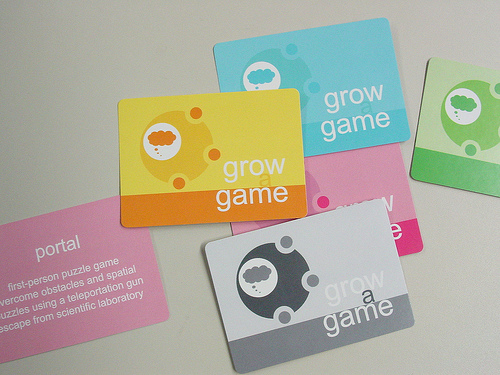The Future of Interactive Technology for Peace
The VAP team, led by Dr. Mary Flanagan, will be heading to Pittsburg tomorrow night to rock the Future of Interactive Technology for Peace conference. Our team will be facilitating a Grow A Game workshop and a discussion about how and activists and media makers can use games as an expressive medium, and why they'd want to. Workshop members will also get the chance to experience how empowering and fun the game design process can be by playing with Grow A Game cards. Participants will learn how they can use critical play to develop innovative solutions. We have pictures from our workshop at the Grassroots Media Conference here. The Future of Interactive Technology for Peace April 2-3, 2008 Carnegie Mellon, Pittsburgh, Pennsylvania University Center The Future of Interactive Technology for Peace Conference (April 2&3, 2008) is a day and one-half day national conference providing a forum for discussing the impact and the potential that interactive technology holds for peace and peacemaking. Using the highly successful game "PeaceMaker" [http://impactgames.com] as a jumping-off point, the key aim of the conference is to explore new directions in the application of interactive technology for conflict resolution, diplomacy, and international affairs.
31 March, 2008




